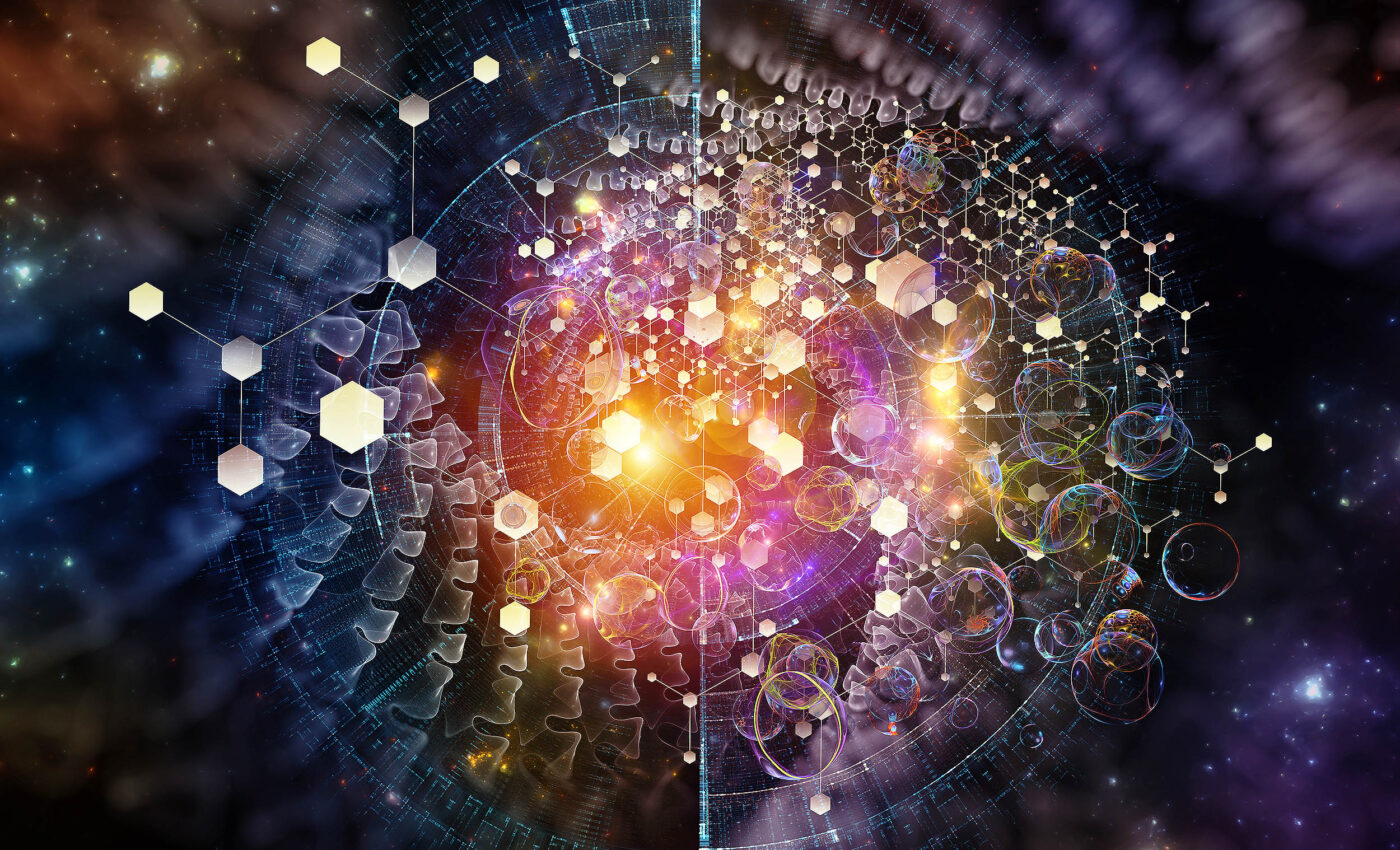
First fractal molecule in nature recently discovered by accident
An international team of researchers has stumbled upon a remarkable discovery — the first regular molecular fractal in nature.
This fascinating finding, led by groups from the Max Planck Institute and the Philipps University in Marburg, Germany, has unveiled a microbial enzyme that spontaneously assembles into a pattern known as the Sierpinski triangle.
The enzyme, identified as citrate synthase from a cyanobacterium, was discovered by chance. “We stumbled on this structure completely by accident and almost couldn’t believe what we saw when we first took images of it using an electron microscope,” says Franziska Sendker, the study’s first author.
Alluring beauty and wonder of fractals in nature
Fractals are shapes that repeat from the largest to the smallest scales, maintaining their self-similarity across different magnifications.
While fractals are relatively common in nature, such as in snowflakes and fern leaves, regular fractals that match almost exactly across scales are exceptionally rare.
“The protein makes these beautiful triangles and as the fractal grows, we see these larger and larger triangular voids in the middle of them, which is totally unlike any protein assembly we’ve ever seen before,” Sendker explains.
Unraveling the molecular structure
To understand the unique properties of this enzyme, the research team collaborated with structural biologists at the University of Marburg to determine its molecular structure using electron microscopy. This process proved to be challenging due to the fractal nature of the assembly.
“This was one of the harder, but also more fascinating structures I have solved in my career,” notes Jan Schuller, whose group helped determine the structure.
“The problem with determining the structure of a fractal is that our image averaging techniques kept getting confused by the fact that the smaller triangles can be substructures of larger triangles. The algorithm kept homing in on these smaller triangles instead of seeing the larger structures they were part of,” Schuller continued.
Breaking the rules of symmetry
The key to the fractal protein’s unique assembly lies in its violation of the rule of symmetry.
Unlike typical protein self-assembly, where each individual protein chain adopts the same arrangement relative to its neighbors, the fractal protein’s assembly involves different protein chains making slightly different interactions at different positions in the fractal.
This asymmetry allows for the formation of the Sierpiński triangle with its large internal voids.
An evolutionary accident?
Despite the fascinating nature of this discovery, the functional significance of the fractal assembly remains unclear.
Georg Hochberg, an evolutionary biologist and senior author of the study, suggests that it might be a harmless accident of evolution.
“Self-assembly is often used by evolution to regulate enzymes, but in this case the cyanobacterium that this enzyme is found in does not seem to care much whether or not its citrate synthase can assemble into a fractal,” Hochberg explains.
How fractals form in nature
When the team genetically manipulated the bacterium to prevent the fractal assembly, the cells grew just as well under various conditions.
To test their theory of an evolutionary accident, the researchers recreated the evolutionary development of the fractal arrangement in the laboratory.
By back-calculating the protein sequence of the fractal protein as it was millions of years ago and producing these ancient proteins biochemically, they discovered that the arrangement arose suddenly through a small number of mutations.
It was subsequently lost in several cyanobacterial lineages, remaining intact in only a single bacterial species.
Potential for hidden beauty all around us
The discovery of this molecular fractal suggests that more surprises and much beauty may still lie hidden in yet undiscovered molecular assemblies of many biomolecules.
The fact that such a complex-looking structure could emerge so easily in evolution highlights the potential for seemingly intricate biological structures to arise without a specific functional purpose.
Nature’s accidental fractal masterpiece
In summary, the serendipitous discovery of nature’s first regular molecular fractal opens up a world of possibilities in the realm of molecular self-assembly.
This accidental masterpiece, born from a small number of mutations and seemingly devoid of a specific functional purpose, showcases the inherent creativity and potential for beauty hidden within the vast array of biomolecules.
As researchers continue to explore the intricacies of molecular structures, they may uncover more surprising and aesthetically captivating assemblies that challenge our understanding of the natural world.
This spectacular finding highlights the importance of curiosity-driven research and reminds us that even in the smallest scales of life, there are still countless wonders waiting to be discovered.
The full study was published in the journal Nature.
—–
Like what you read? Subscribe to our newsletter for engaging articles, exclusive content, and the latest updates.
Check us out on EarthSnap, a free app brought to you by Eric Ralls and Earth.com.
—–













